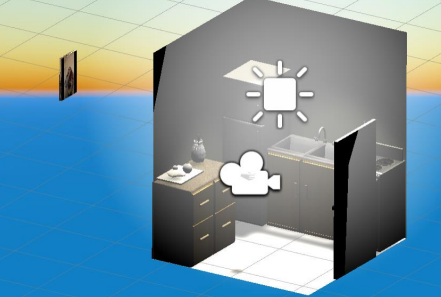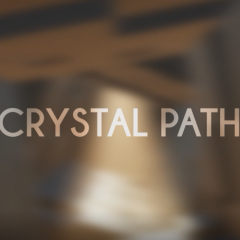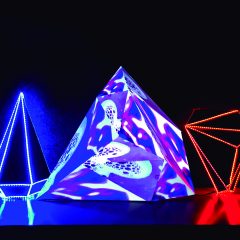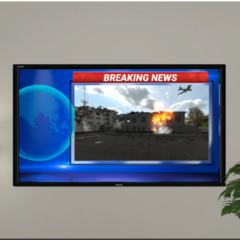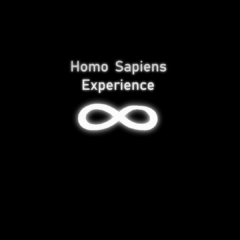Autoria
Andreia Vilas Boas – 9180130
Diana Oliveira – 9180511
Luís Vieira – 9170242
Ano
Janeiro 2021
Curso
Licenciatura em Multimédia
Multimédia II
Resumo
PT
A ideia original do grupo era criar um jogo com destaque na aprendizagem de língua gestual portuguesa. O jogador encontrava-se num cenário com um caldeirão e ingredientes à frente e recebia instruções para fazer uma sopa.
O único contratempo é que as instruções são dadas em língua gestual portuguesa por umas mãos flutuantes.
Depois de inserir o ingrediente no caldeirão, o jogador saberia se este era o correto através de um estímulo visual e sonoro. Caso estivesse correto, a sopa ficava verde por uns momentos e ouvia-se o som de um arroto, caso estivesse errado, a sopa ficava vermelha e ouvia-se o som de uma buzina. Após concluir a sopa do primeiro nível, o jogador passaria para o nível seguinte e essa sopa teria mais um 5 ingrediente do que a anterior.
Em vez de pontuação o jogador seria avaliado pela quantidade de tempo que demora a concluir um número específico de sopas.
No entanto, devido a vários contratempos, a ideia teve de ser alterada.
Não existe funcionalidade de seguir o posicionamento espacial, isto quer dizer que se dermos um passo em frente ou para o lado, este movimento não é registado pela aplicação.
Não existe qualquer controlo das mãos ou do corpo e portanto, o único modo de interagir com o ambiente à nossa volta é apontado com a cabeça. Em resumo, podemos ficar quietos e olhar à nossa volta, mas não podemos ir a lado nenhum nem interagir com
muita coisa.
Relativamente às tarefas, a criação dos ingredientes em 3D foi feita por todos os
elementos do grupo. Mais concretamente, a Andreia Vilas Boas criou a maçã e a cebola, a Diana Oliveira criou o ananás e o bife, e o Luís Vieira criou o alho e o tomate.
A criação do cenário e a programação do jogo ficaram a cargo do Luís Vieira
EN
The group’s original idea was to create a game with an emphasis on learning Portuguese sign language. The player was in a setting with a cauldron and ingredients ahead and was instructed to make a soup.
The only setback is that the instructions are given in Portuguese sign language by a few hands
floating.
After inserting the ingredient into the cauldron, the player would know if it was correct through a visual and audible stimulus. If correct, the soup turned green for a few moments and there was a belch sound, in case it was wrong,
the soup turned red and there was the sound of a horn. After finishing the soup first level, the player would move to the next level and that soup would have one more 5 ingredient than the previous one.
Instead of scoring the player would be evaluated by the amount of time it takes to complete a specific number of soups.
However, due to various setbacks, the idea had to be changed.
Does not exist functionality to follow the spatial positioning, this means that if we give a step forward or to the side, this movement is not registered by the application.
No there is no control of the hands or the body and therefore the only way to interact with the environment around us is pointed with the head. In short, we can stay quiet and look around us, but we can’t go anywhere or interact with a lot of things.
Regarding the tasks, the creation of the ingredients in 3D was done by all the group elements. More specifically, Andreia Vilas Boas created the apple and onion, Diana Oliveira created pineapple and steak, and Luís Vieira created garlic and tomato.
The creation of the scenario and the programming of the game were in charge of Luís Vieira.
LOGÓTIPO DO PROJETO

Software utilizado



Criação dos assets





Criação do cenário

